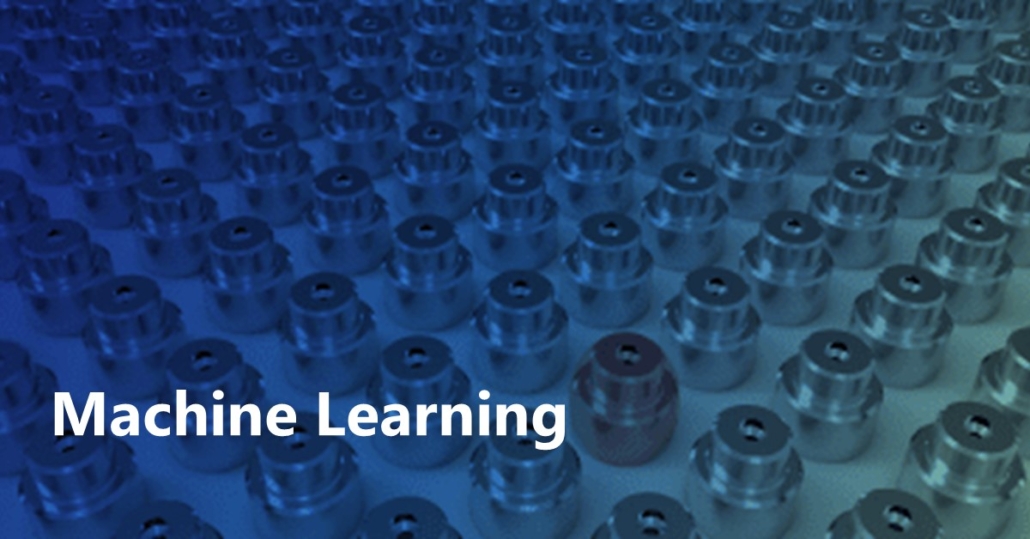First Field Trial of Distributed Fiber Optical Sensing and High-Speed Communication Over an Operational Telecom Network
To the best of our knowledge, we present the first field trial of distributed fiber optical sensing (DFOS) and high-speed communication, comprising a coexisting system, over an operation telecom network. Using probabilistic-shaped (PS) DP-144QAM, a 36.8 Tb/s with an 8.28-b/s/Hz spectral efficiency (SE) (48-Gbaud channels, 50-GHz channel spacing) was achieved. Employing DFOS technology, road traffic, i.e., vehicle speed and vehicle density, were sensed with 98.5% and 94.5% accuracies, respectively, as compared to video analytics. Additionally, road conditions, i.e., roughness level was sensed with >85% accuracy via a machine learning based classifier.

 Our
Our 